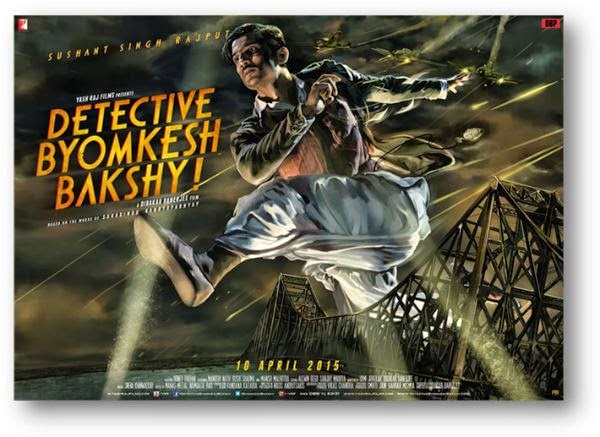Borges & Bakshy!
In a 1935 essay concerned with the stories of G. K. Chesterton, Jorge Luis Borges proposed what may be considered the six laws of a detective story.
- A discretional limit of six characters
- The declaration of all the terms of the problem
- An avaricious economy of means
- The priority of how over who
- A reticence concerning death
- A solution that is both necessary and marvelous
The first one, I presume, is self explanatory. The second one means that the universe in which the guilty party is, and any effects concerning the plot thereof, should be made bare when the problem is first exposed. The third one refers to the means of the villain, not the hero. The villain should not have a multitude of identities exposed only at the denouement. The fourth one is generic and self-explanatory. The fifth one--important to the discussion here--calls hygiene, fallacy, and order the glacial muses of the detective story. Which is to say that gore, or even the suggestion of gore, is out. A patch of blood is enough. The last one posits the deterministic nature of the solution as a virtue. Supernatural explanations, telepathy, scientific breakthroughs, et cetera are not to be relied upon.
Dibakar Banerjee's first installment of the Byomkesh Bakshy series is problematic because it neither strictly adheres to nor subverts any of these rules. There are only six characters on the table in the final sequence, but five of them all already beyond reasonable suspicion. We have been led to believe, and find ourselves wishing, that the guilty party is a specter outside this ensemble. When the guilty party is known to be there, it is a disappointment, both because it is somewhat guessable (the part-revelation has already been made) and also because rule (3) - that of the identities of the villain - is broken in a ham-handed fashion. The breaking of rule (5) is a post-modern dilemma. How do you sensitize an audience habitual of gore to the ghastliness of murder and violence? I, for one, found the sword pyrotechnics at the end (even when they were only projected as shadows on the wall) out of sync with the aura of the movie. Also - the final exposition is in direct contradiction to rule (4). We are assumed to be concerned first of all with who is Yan Guang; only then are we told just how he pulled it off. The order should've been the reverse, because our curiosities were in the reverse.
The Dr. Guha conversation during the Japanese bomb attack was badly executed, and loosened the story. Had that plot information only been made available in passing, the movie would have been a better one. By intently focusing on showing Guha on the bad side, Dibakar Banerjee took the steam from the denuoement away. The coiffure change and altered accent only make it worse.
Borges, I conclude, would have mixed opinions about Bakshy.



Comments
Post a Comment